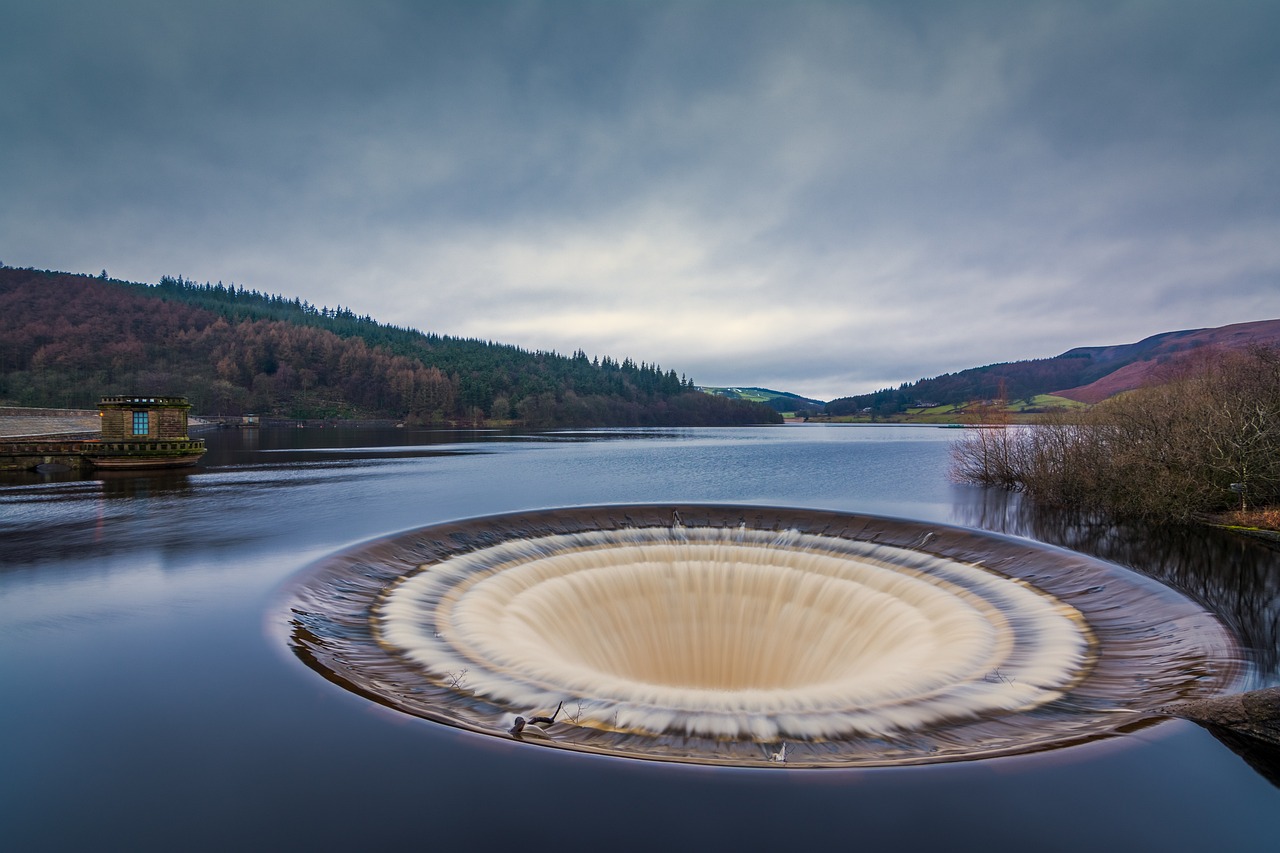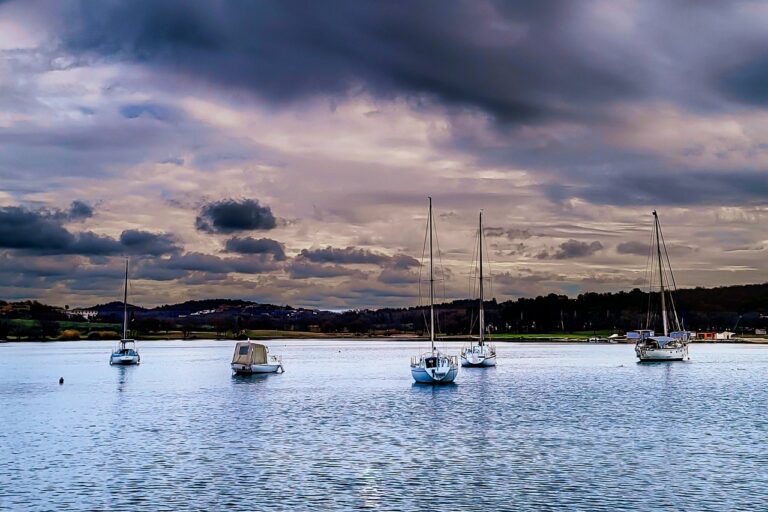Wildlife Safaris: Encountering Majestic Creatures in Their Natural Habitats
Before embarking on your wildlife safari adventure, it is crucial to consider the type of experience you desire. Are you seeking up-close encounters with big cats, or perhaps observing a wide variety of bird species in their natural habitat? Determining your priorities will help you narrow down your safari options and ensure a fulfilling journey in the wilderness.
Once you have identified your safari goals, the next step is to research various destinations that offer the wildlife viewing opportunities you seek. Consider factors such as the abundance of wildlife, the expertise of local guides, and the overall experience each destination can offer. Whether you dream of witnessing the Great Migration in East Africa or spotting tigers in the jungles of India, choosing the right safari destination is essential for a successful and memorable adventure.
Choosing the Right Safari Destination
When selecting the ideal safari destination, consider the type of wildlife you wish to see. Africa is renowned for its diverse range of animals, with countries like Kenya and Tanzania offering opportunities to witness the Big Five in their natural habitat. Alternatively, if you are interested in unique species such as lemurs, Madagascar could be the perfect choice for your wildlife adventure.
Another crucial factor to contemplate when choosing a safari destination is the landscape and ecosystem. Do you prefer vast savannas or lush rainforests? South Africa’s Kruger National Park boasts expansive grasslands where you can spot lions and elephants, while the Amazon rainforest in Brazil presents a chance to observe various exotic bird species and elusive jaguars. Evaluating the type of environment that appeals to you will help narrow down your safari destination options.
The Best Time of Year to Go on a Wildlife Safari
When planning your wildlife safari adventure, one of the key considerations is choosing the best time of year to go. The timing of your safari can greatly impact the wildlife sightings and overall experience. Different seasons offer unique opportunities to witness animal migrations, mating rituals, or lush landscapes teeming with life.
Typically, the dry season is considered the best time for wildlife safaris in many destinations. During this time, wildlife congregates around water sources, making sightings more predictable. The dry season also offers clearer visibility due to less foliage, making it easier to spot a variety of animals in their natural habitat. However, some regions may also have specific peak seasons for certain wildlife events that you might want to experience, so it’s important to research your chosen destination thoroughly.
How far in advance should I plan my wildlife safari adventure?
It is recommended to plan your wildlife safari adventure at least 6-12 months in advance to secure accommodations and permits, especially during peak seasons.
What factors should I consider when choosing the right safari destination?
When choosing the right safari destination, consider the type of wildlife you want to see, the level of accommodation you prefer, the activities available, and the distance from your home country.
Is there a best time of year to go on a wildlife safari?
Yes, the best time of year to go on a wildlife safari varies depending on the destination. It is important to research the specific destination and its wildlife migration patterns to determine the best time to visit.
What should I pack for a wildlife safari?
When going on a wildlife safari, it is important to pack lightweight clothing, comfortable footwear, a hat, sunscreen, insect repellent, binoculars, a camera, and any necessary medications. Be sure to check with your tour operator for specific packing recommendations.





